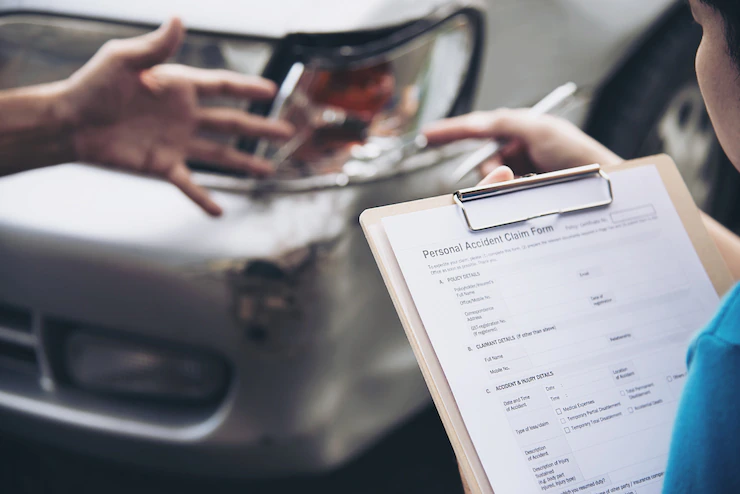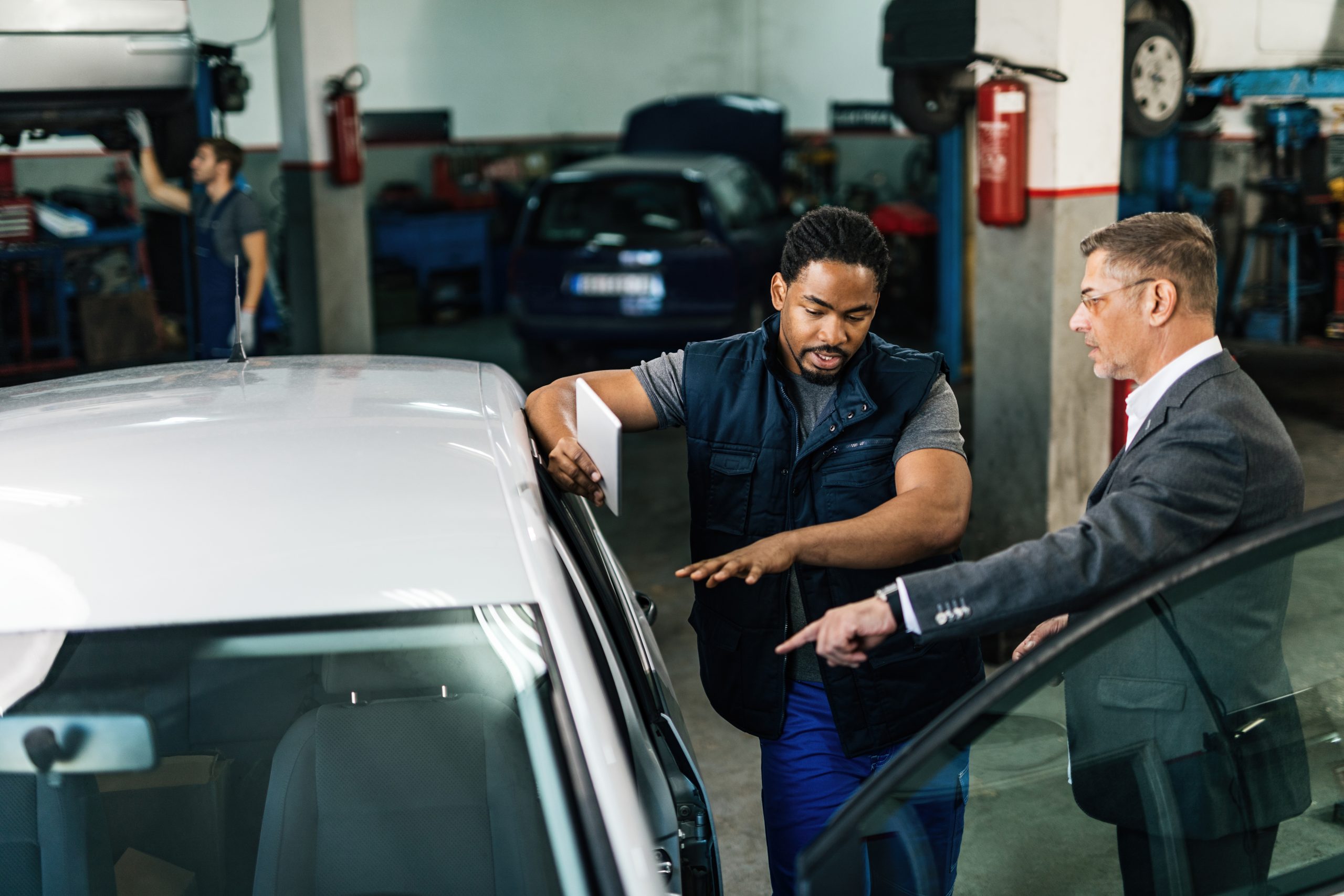Insurance Claim
Even the safest drivers can be involved in a traffic accident. There are several key steps you should take at the scene of an accident, such as making sure everyone is OK, calling the police, and exchanging information with the other drivers involved.
When it's time to file an accident claim, it's also helpful to know what information you may need to provide and understand how your insurance coverage works. Knowing what to expect can help the claims process go more smoothly and ensure that the funds to repair your vehicle are received in a timely manner. You can also ask your insurer if they require you to report a claim within a certain period of time.
Keep in mind that each insurance company approaches the claims process a little differently, but many of the steps are similar. Here's an idea of what to expect during the claims process.

Provide information about the accident to Us
When you file a claim with your insurer, the Insurance Information Institute (III) says you'll be asked to provide information and documentation related to the accident. According to III, some of the information you may want to collect includes:
1- Names, contact, insurance and vehicle information for each person involved in the accident
2- Location, time of day and weather conditions
3- Photographs of vehicle damage
4- The names and badge numbers of all officers who responded to the incident A copy of the accident report
2- Location, time of day and weather conditions
3- Photographs of vehicle damage
4- The names and badge numbers of all officers who responded to the incident A copy of the accident report
Ask questions about your insurance coverage
Another important part of the claims process is understanding your auto insurance and what it covers. Here are some things to know or ask when filing a claim:
Your deductible.
When you purchased your car insurance, you selected deductibles for certain coverages, such as collision or comprehensive coverage. Make sure you know what your deductible is – it's the amount you'll have to pay out of pocket for repairs to your vehicle before your insurance coverage kicks in.
For example, let's say you have a $500 deductible and the damage to your vehicle is $1,500. Your deductible will be deducted from your covered claim and your insurance company will pay $1,000 for the repairs.


Get an estimate and work with the insurance adjuster
Your insurance company will usually send an insurance adjuster to inspect your car to see what was damaged during the accident and investigate the losses. This helps the adjuster determine who is at fault for the accident. They will also provide an initial estimate of how much repairs (both parts and labor) will cost, says III.
Some insurance companies may require you to get an estimate of the cost of repairs. The repair shop you go to will usually check the damage and send a report to the insurance company. III says the insurance company will then take the repair shop's estimate into account when determining how much they will pay to repair your vehicle
Get your car repaired
Under III, you have the right to choose the repair shop that repairs your vehicle. You also have the right to ask the body shop to use original equipment manufacturer (OEM) parts to repair your car instead of cheaper replacement parts. However, keep in mind that the OEM parts the shop uses may be new or recycled, depending on how your insurer wrote the policy. Some insurers may also write auto policies to exclude OEM parts at all. In this case, if you want OEM parts, you may be responsible for the price difference between the parts in the adjuster's estimate and the OEM parts.
When it comes to paying for vehicle repairs, your insurance company may pay the repair shop directly, or they may pay you and let you handle the bill.
If your vehicle is totaled in a covered accident and you have comprehensive or collision coverage, your insurer will pay you the actual cash value of your vehicle (minus your deductible). Actual cash value is the depreciated value of your vehicle. You will then use this money to buy a new car. If you owe more money on your car than it's worth, gap insurance can help you pay off your car loan.
After an accident, you probably want your insurance claim to go as smoothly as possible so you can get your vehicle repaired and back on the road.


